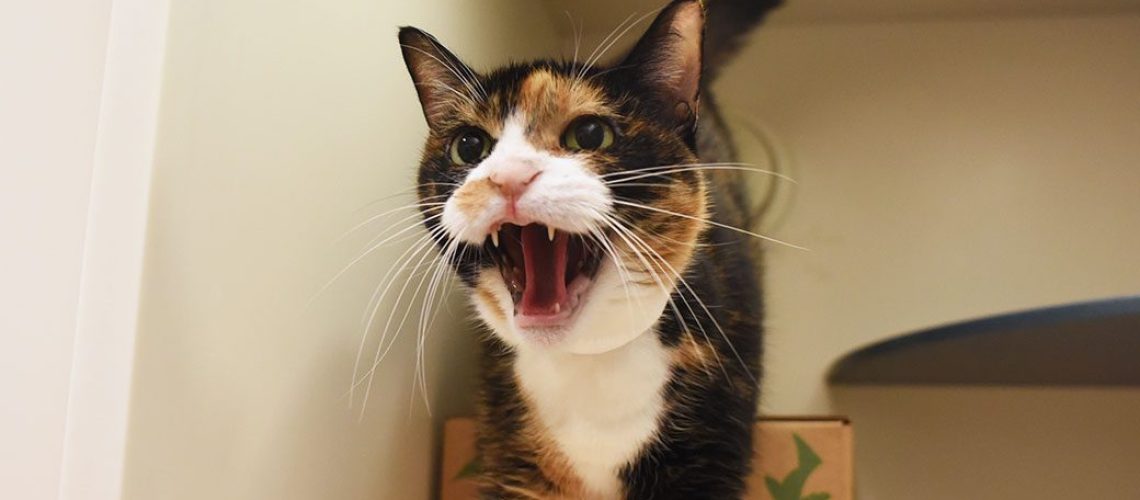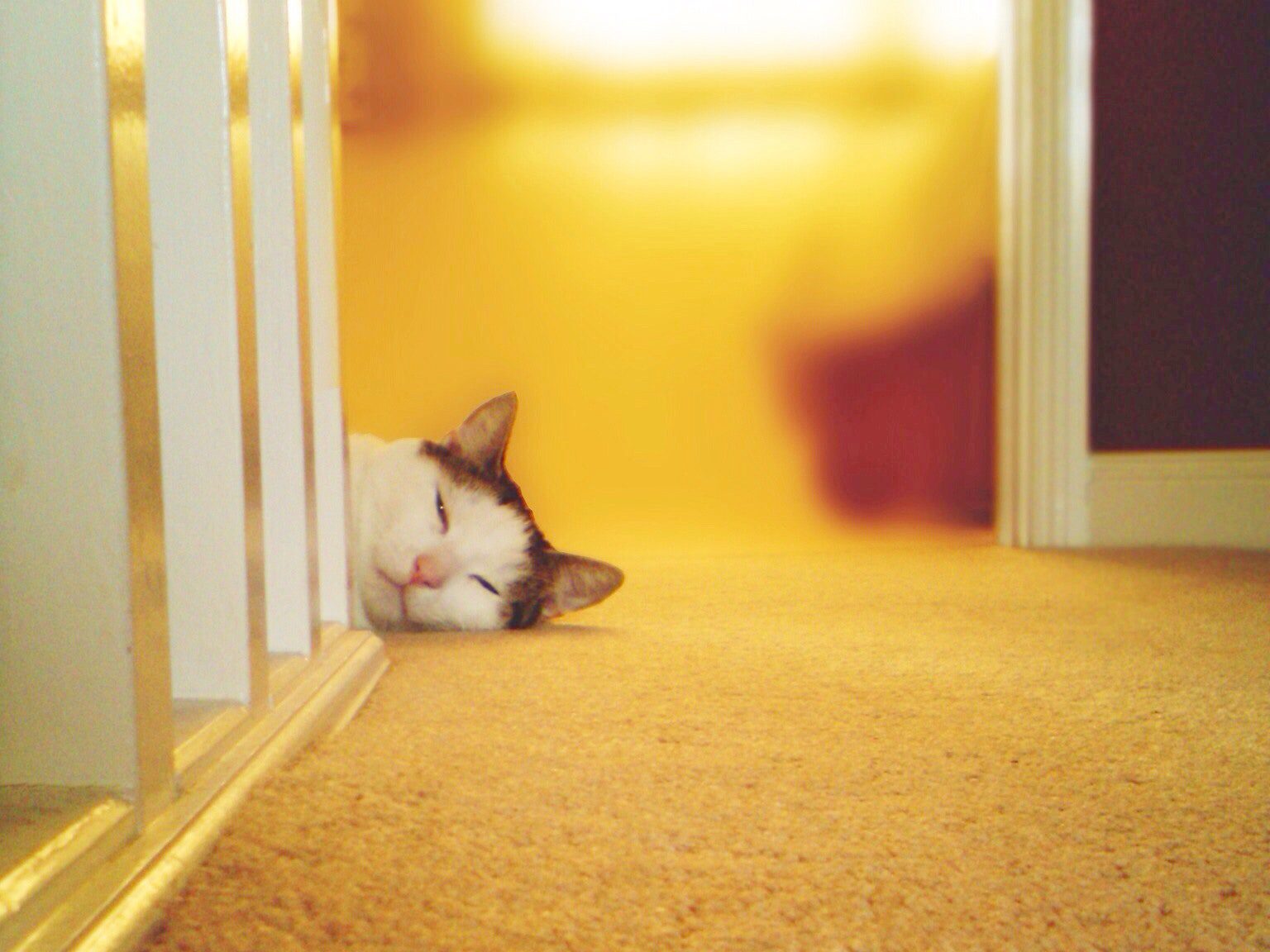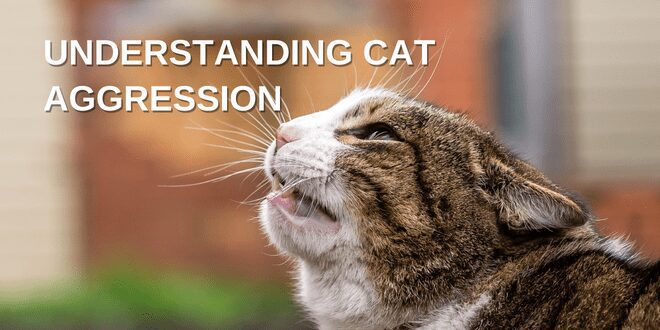Are you tired of being scratched or bitten by your furry feline friend? Do you wish you could understand why your cat's mood swings from purring contentment to aggressive outbursts in the blink of an eye? If so, then delving into the intriguing world of cat aggression is just what you need! By understanding the underlying causes and triggers of these mood swings, you can create a harmonious environment for both you and your beloved pet. Whether it's play aggression, redirected aggression, or territorial aggression, this topic will equip you with the knowledge to decode your cat's behavior and prevent any potential harm. So, get ready to unlock the secrets behind your cat's mysterious temperament and forge a deeper bond with your four-legged companion.
Key Takeaways:
- Understanding the root cause of cat aggression is crucial in managing mood swings.
- Cat aggression can be triggered by fear, territoriality, or redirected aggression.
- Identifying and removing potential stressors from a cat's environment can help reduce mood swings.
- Implementing positive reinforcement training techniques can effectively manage and redirect aggressive behavior.
- Seeking professional help from a veterinarian or animal behaviorist may be necessary for severe cases of cat aggression.
Understanding Mood Swings in Cats and Their Connection to Aggression
The Link Between Mood Swings and Aggression in Cats
Cats, just like humans, can experience mood swings that can lead to aggressive behavior. These mood swings are often caused by various factors such as hormonal changes, stress, fear, or even medical conditions. When a cat is feeling moody or irritable, they may lash out and display aggressive behaviors towards people or other animals. It's important for cat owners to understand this connection between mood swings and aggression in order to provide the necessary care and support for their feline friends.
Why Understanding Mood Swings is Important
Recognizing and understanding mood swings in cats is crucial for several reasons. Firstly, it helps us identify when our cats may be feeling stressed or anxious, allowing us to take appropriate action to alleviate their discomfort. Secondly, understanding the link between mood swings and aggression can help prevent potential harm to both humans and other pets. By being aware of our cat's moods, we can create a safe environment and implement strategies to manage their aggression effectively.
The Importance of Recognizing Cat Aggression and Mood Swings
Promoting a Harmonious Household
Recognizing cat aggression and mood swings is essential for maintaining a peaceful coexistence between cats and their human companions. When left unaddressed, aggressive behavior can escalate, leading to injuries or strained relationships within the household. By recognizing these signs early on, we can intervene promptly and work towards creating a harmonious environment where both humans and cats feel safe and comfortable.
Ensuring the Well-being of Your Cat
Identifying cat aggression and mood swings also allows us to address any underlying health issues that may be contributing to these behaviors. Sometimes, sudden changes in behavior can indicate an underlying medical condition that requires attention. By recognizing these signs, we can seek veterinary care and ensure our cat's overall well-being.
Signs of Mood Swings in Cats: How to Spot Them
Changes in Body Language
One way to spot mood swings in cats is by observing changes in their body language. A normally relaxed and friendly cat may exhibit signs of tension or aggression, such as flattened ears, dilated pupils, raised fur along the back, or a stiffened body posture. These physical cues can indicate that your cat is experiencing mood swings and may be prone to aggressive behavior.
Unpredictable Behavior
Another sign of mood swings in cats is unpredictable behavior. If your cat suddenly becomes more irritable, easily startled, or displays uncharacteristic aggression towards people or other animals, it could be a sign that they are experiencing mood swings. Paying attention to these changes in behavior can help you identify when your cat is going through a rough patch and needs extra support.
Common Triggers for Cat Aggression and Mood Swings
Stressful Environments
Cats are sensitive creatures who thrive in calm and predictable environments. Changes such as moving to a new home, introducing new pets or family members, or loud noises can trigger stress and lead to mood swings and aggression. Understanding these triggers allows us to create a peaceful environment for our cats and minimize their stress levels.
Lack of Mental Stimulation
Boredom can also contribute to mood swings and aggression in cats. Without adequate mental stimulation, cats may become frustrated and restless, leading to aggressive behaviors as a means of releasing pent-up energy. Providing interactive toys, scratching posts, and engaging playtime sessions can help alleviate boredom and reduce the likelihood of mood swings.
Managing Cat Aggression Caused by Mood Swings: Helpful Strategies and Techniques
Creating a Safe Space
When dealing with cat aggression caused by mood swings, it's important to provide your cat with a safe space where they can retreat and feel secure. This can be a separate room equipped with their essentials, such as food, water, litter box, and comfortable bedding. Having a designated safe space allows your cat to calm down and prevents them from feeling cornered or overwhelmed.
Positive Reinforcement Training
Training techniques based on positive reinforcement can be effective in managing cat aggression caused by mood swings. By rewarding desired behaviors with treats or praise, you can encourage your cat to display more appropriate behavior while redirecting their aggressive tendencies. It's important to avoid punishment-based training methods as they may exacerbate the aggression and damage the bond between you and your cat.
Preventing Mood Swings in Cats: Is it Possible?
Maintaining Consistency
Maintaining a consistent routine is key to preventing mood swings in cats. Cats thrive on predictability, so sticking to regular feeding times, play sessions, and providing a stable environment can help reduce stress levels and promote emotional well-being.
Regular Veterinary Check-ups
Regular veterinary check-ups are essential for preventing mood swings caused by underlying health issues. Routine examinations allow your vet to identify any potential medical conditions early on and provide appropriate treatment. This proactive approach helps maintain your cat's overall health and reduces the likelihood of mood swings due to physical discomfort.
Encountering a Cat with Aggressive Behavior due to Mood Swings: What to Do?
Give Them Space
If you encounter a cat displaying aggressive behavior due to mood swings, it's important not to escalate the situation further. Give the cat space and avoid approaching or trying to restrain them forcefully. Allow them to calm down in their safe space and observe from a distance until they have relaxed.
Consult with a Professional
If your cat's aggression persists or becomes increasingly severe, it's advisable to seek professional help from a veterinarian or animal behaviorist. They can assess the situation, identify potential triggers, and provide tailored strategies to manage your cat's aggression effectively.
Remember, understanding mood swings in cats and addressing their aggression is crucial for their well-being and the harmony of your household. With patience, proper care, and appropriate interventions, you can help your cat navigate through their mood swings and create a peaceful environment where everyone feels safe.
In conclusion, understanding cat aggression and mood swings is important for pet owners. By recognizing the signs and triggers, we can help keep our cats happy and create a safe environment for everyone.
Why would a cat suddenly become aggressive?
Pain can be caused by various factors such as dental problems, stomach pain, arthritis, injuries or infections in soft tissues. Sudden aggression can also be a result of neurological problems, decline in cognitive abilities, and loss of senses like smell, hearing, or sight.
How do you respond to aggression in cats?
It is crucial to avoid comforting an aggressive cat, as this may be interpreted as endorsing their aggressive behavior. It is also important not to back down or display fear, as this may reinforce the cat's behavior if they are seeking your retreat. Ignoring the cat's aggressive behavior is a more effective approach to dealing with fear aggression.
Can cats be put down for being aggressive?
Cats are often euthanized due to three primary behavioral issues: aggression, unsociability, and house-soiling. However, there are alternative solutions available for each of these issues, allowing for a positive outcome in most cases.
What is a hostile cat's body language?
When cats display aggressive body language, they may maintain direct eye contact with their perceived threat to ensure they are aware of any potential danger. Their ears will be turned back or flattened against their head, and their whiskers may be pressed against their cheeks or pushed forward. They may also flick or thrash their tail as a sign of aggression.
Why is my cat suddenly anxious and aggressive?
Anxiety in cats can manifest in various ways, including restlessness, aggression, withdrawal, and behavioral changes. These symptoms can be caused by medical problems, trauma, changes in the environment, and other factors. However, with proper training, medication, and additional attention, you can gradually alleviate your cat's anxiety.
Will catnip calm an aggressive cat?
Studies indicate that catnip affects receptors in the brain of cats, creating a feeling of happiness. After an initial period of stimulation and excitement, the herb has a calming effect on cats and helps reduce aggressive behavior.

















